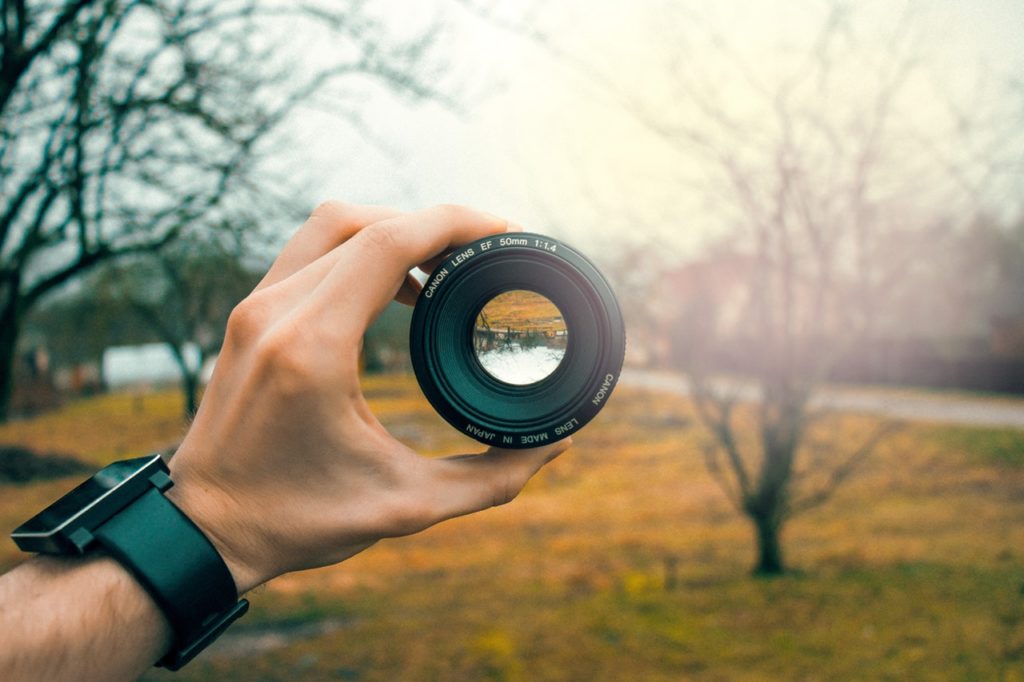Occurring instantaneously and often even before speaking to one another, those who meet you begin forming their first impression. According to Malcolm Gladwell, author of Blink, “…we make a pretty accurate assessment of a person based on knowing them for only a few seconds.” Helping convey to convey characteristics like trust, reliability, professionalism and more, here’s how you can start making great first impressions.
Smile (Appropriately)
 Smiling when someone is in the midst of sharing heartbreak or disappointment is obviously is not just inappropriate but inauthentic too. Smiling generally though helps convey approachability and friendliness. According to Business Insider, 48% of Americans reported that a smile is the most memorable feature after first meeting someone. People are drawn to positivity.
Smiling when someone is in the midst of sharing heartbreak or disappointment is obviously is not just inappropriate but inauthentic too. Smiling generally though helps convey approachability and friendliness. According to Business Insider, 48% of Americans reported that a smile is the most memorable feature after first meeting someone. People are drawn to positivity.
Listen
If you’ve ever left a meeting having done more talking than listening, you’ve failed. Although, it’s said we’re our own favourite subject, it’s important to let anyone you meet feel as though they’re the most important person in the room. By maintaining eye contact, nodding, and asking thoughtful questions, you’ll quickly convey a sense of sincerity while learning more about the person in front of you.
Maintain Focus

Have you ever spoken to someone, who, in the midst of the conversation, looks past you to someone walking by, or hauls out their phone to glance at a message? The result is that you’re left feeling as if they weren’t really listening at all. To make a great impression, it’s best to keep focused on the conversation while ignoring all the other distractions.
Admit Your Own Failings
With great teams led by people willing to admit weaknesses, rather than laughing at you, it’s said, they’ll laugh with you. Jeff Haden suggests worrying less about impressing, instead, being humble. You’ll build rapport faster by admitting your mistakes and screwups. Trust develops when individuals begin feeling safe enough to tell each other the truth.
Mirroring

Have you ever yawned after seeing (or hearing) someone yawn? This is the most straightforward example of mirroring. Unconsciously, most of us mirror the body language in front of us. Someone smiles, you’ll often smile back. Someone frowns, unbeknownst to you, you likely do the same. Mirroring body language is an ancestral way of bonding, being accepted and creating rapport – this synchronous body language suggests, I feel what you feel. Mirroring facial expressions and body positions instantly communicate empathy while signalling that you understand the feelings of those around you.
